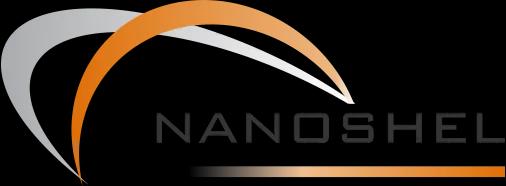Company Registration:
US DUNS Number: 07-930-0068
UK DUNS Number: 222811 636
NAICS: 326150
UK VAT: 265649761
India GST: 03AABCI9814Q1Z6
Contact Us:
+1 646 470 4911 (USA)
+ 44 1782 454 144 (UK)
+ 353 71 985 3714 (Ireland)
+91-9779550077 (India)
+91-9779238252 (India)
Ask Nanoshel
Please feel free to send us your requirement about our products
Search
Search by Product, Stock No and CAS
Tweets By Nanoshel
Facebook
Categories
About Nanoshel
Nanoshel offers over 1,000 products for research and development via a comprehensive catalog of organics, inorganics, solvents and metals. Our products are available in pre-packaged catalog sizes, and in semi-bulk and bulk quantities. We also offer custom synthesis and special packaging services.Contact us
Nanoshel UK Limited
Chapel House
Chapel St Cheshire, CW12 4AB
United Kingdom
For Purchase related inquiries, kindly mail us at sales@nanoshel.com,cmg@nanoshel.com

